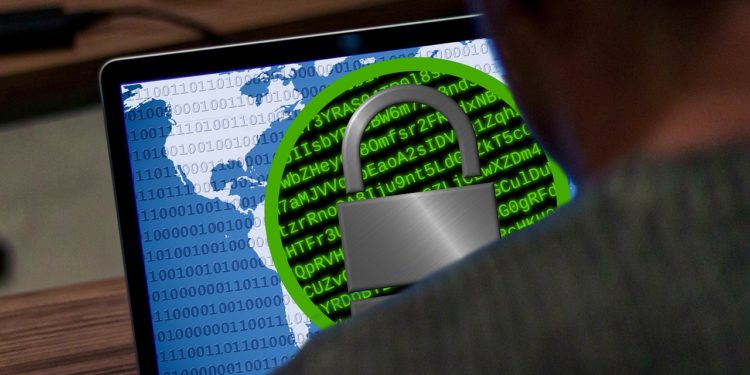Welcome to the digital age, where the sophistication of cyber threats is evolving at an unprecedented pace. The days of simple viruses are long gone, replaced by intricate ransomware attacks, stealthy phishing schemes, and nation-state cyber intrusions. As the cyber threat landscape becomes increasingly complex, the need for proactive cybersecurity measures has never been more critical. In this blog post, we’ll delve into the evolving nature of cyber threats and explore how threat intelligence services play a pivotal role in keeping you one step ahead.
Understanding the Cyber Threat Landscape
In today’s interconnected world, cyber threats are a constant concern for individuals and organisations alike. From financially motivated hackers to state-sponsored cyber espionage, the range and scale of threats continue to expand. Ransomware attacks have become more targeted and sophisticated, phishing emails more convincing, and advanced persistent threats (APTs) more elusive. This shifting landscape necessitates a comprehensive understanding of the threat landscape to effectively safeguard against potential risks.
The Role of Threat Intelligence
Definition and Components
At the heart of a proactive cybersecurity strategy lies threat intelligence, a concept encompassing a wealth of information designed to anticipate and mitigate potential cyber threats. Threat intelligence consists of various components, including indicators of compromise (IoCs), tactics, techniques, and procedures (TTPs), providing a multifaceted view of potential risks.
Types of Threat Intelligence
When it comes to threat intelligence, it’s not one-size-fits-all. Organisations can leverage strategic, tactical, and operational intelligence to gain insights at different levels. Additionally, the choice between open-source and commercial threat intelligence depends on the specific needs and resources of each organisation. Striking the right balance is key to effective threat mitigation.
Adapting to Change with Threat Intelligence
Proactive Defence Strategies
The essence of robust threat intelligence services lies in its ability to empower organisations with a proactive defence. By anticipating potential threats before they materialise, businesses can identify vulnerabilities and fortify their cybersecurity posture. Rather than merely reacting to incidents, proactive defence strategies enable organisations to stay ahead in the cybersecurity game.
Threat Hunting
One proactive approach gaining prominence is threat hunting – the active search for signs of potential threats within an organization’s network. This hands-on strategy involves security professionals actively seeking out anomalies and potential risks, providing a powerful complement to automated threat detection systems. Real-world success stories underscore the effectiveness of a well-executed threat hunting program.
Why is Dark Web Monitoring Necessary?
Everyone knows that the dark web isn’t a good place to be. Indeed, it’s often the route of illegal activities and where negative things can happen. In particular, it can spell bad news for your business, and many owners wonder whether the dark web should be monitored for threats. Often, the answer is yes.
With dark web monitoring, you can track activities and gain insights into potential threats. Indeed, you can analyse your vulnerability and make sure that you’re not left with a weak spot. Let’s take a closer look at why dark web monitoring is necessary for businesses.
Detect Threats Before They Happen
Know that many threats will be spoken about or start on the dark web. Thus, if you make this part of your plan to monitor this area of the internet, you can spot threats before they happen. Indeed, you can use measures to stop hackers from attacking your business, which can ensure no damage is done. It’s always best to be ahead than behind when it comes to cyber-attacks. You don’t want to see the damage that some threats can do.
Recover Stolen Credentials
Do you suspect that employee or customer credentials have been stolen at some point? Well, you might find that they exist on the dark web. If you’re monitoring this area, you’re going to know. Therefore, you can minimise the damage done and ensure that you recover these credentials.
Stop Customers Falling for Scams
Dark web monitoring is a good way to protect your customers. You can keep up-to-date with fraudulent scams and what bad people are targeting next. Indeed, you can use this information to give advice to your customers, as well as make sure you have prevention measures in place to protect them.
Know Evolving Threats
Things change all the time regarding cyber-attacks. Indeed, hackers become smarter, the threats evolve and your business is at more risk than ever. This is why it’s imperative to monitor the dark web. You can find out what cyber threat trends are emerging and what could be coming your way. Then, you can be pre-emptive and make the right moves to protect your company.
Conclusion
In a world where the only constant is change, staying ahead in cybersecurity is not a luxury but a necessity. The evolving cyber threat landscape demands a proactive stance, and threat intelligence is the linchpin of such a defence. By understanding the intricacies of cyber threats, embracing proactive defence strategies, and continually improving threat intelligence processes, organisations can navigate the digital realm with confidence.












































































